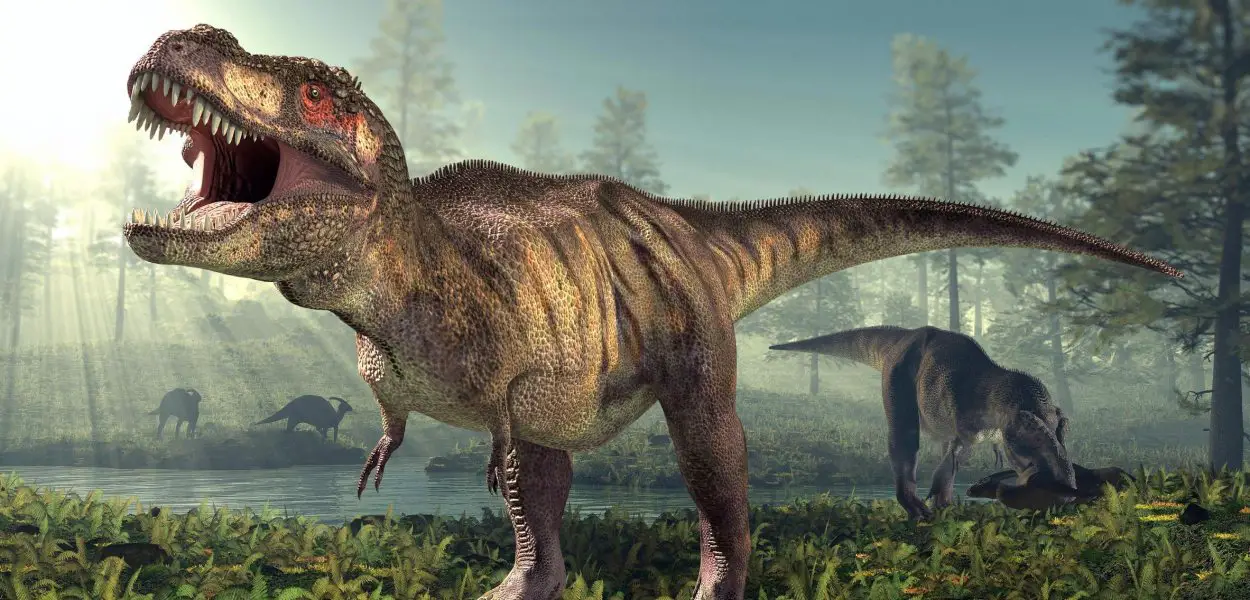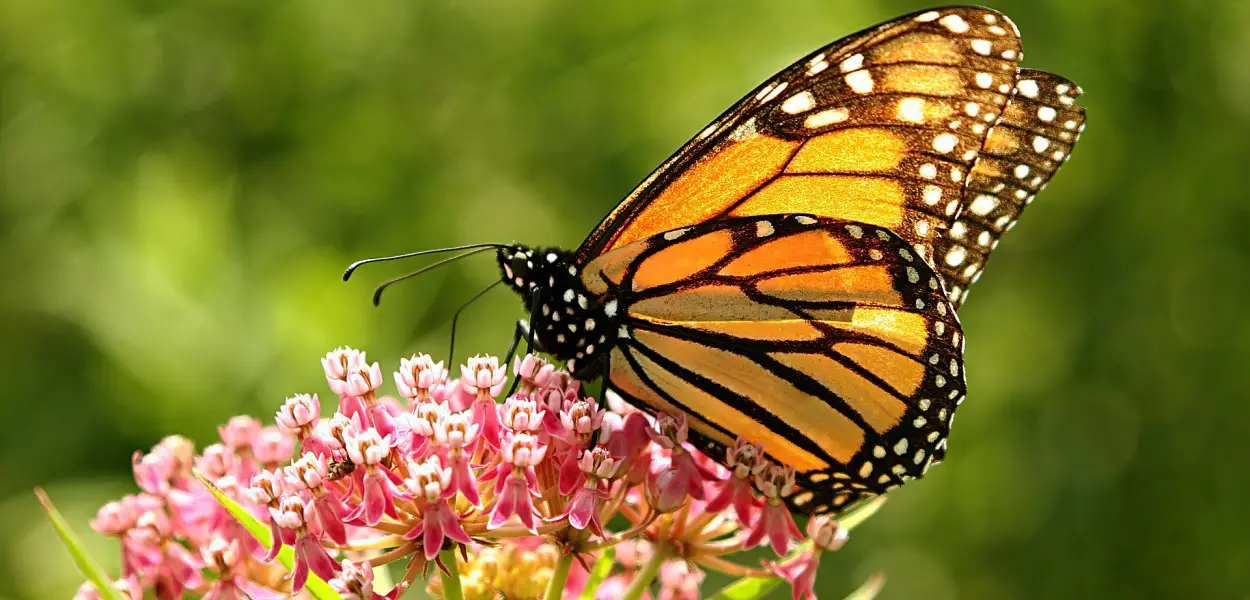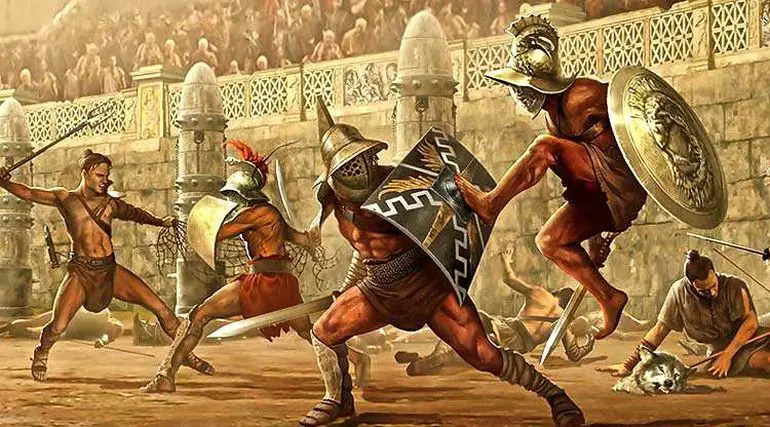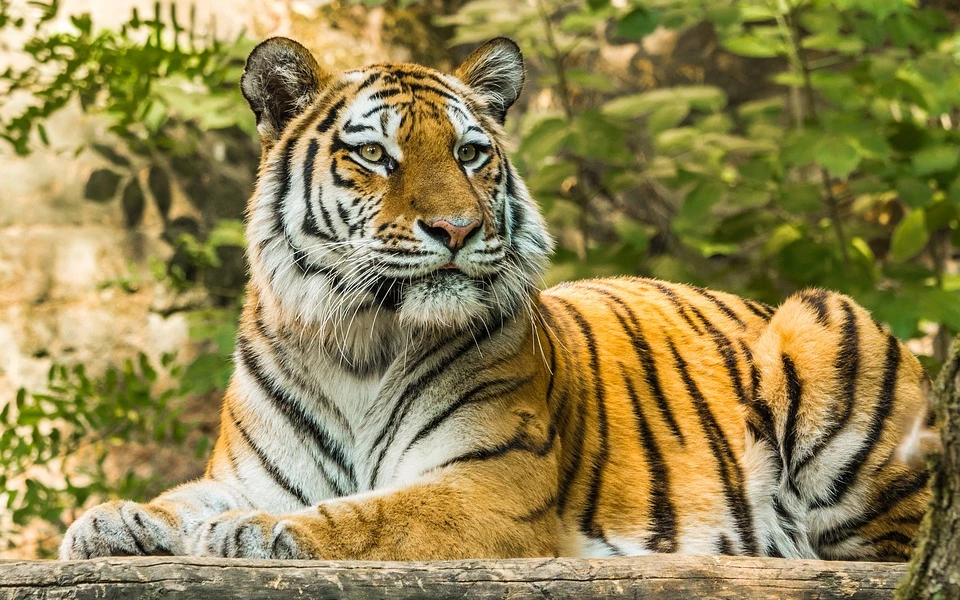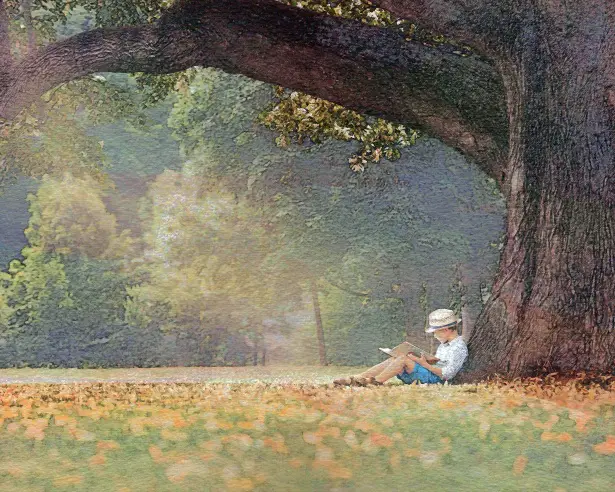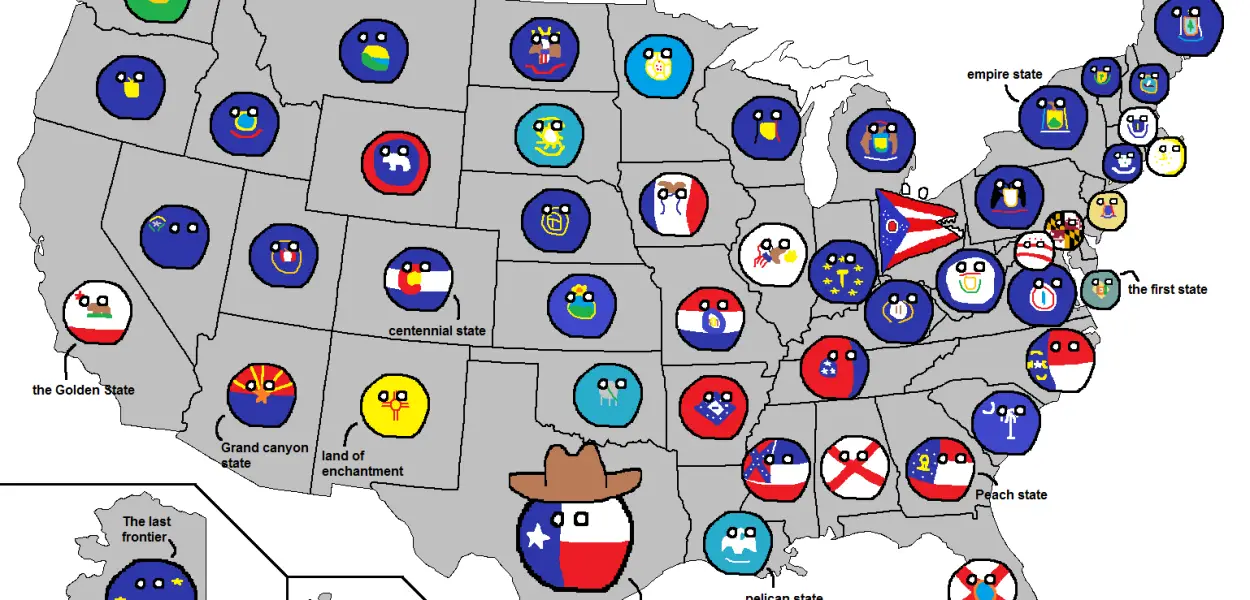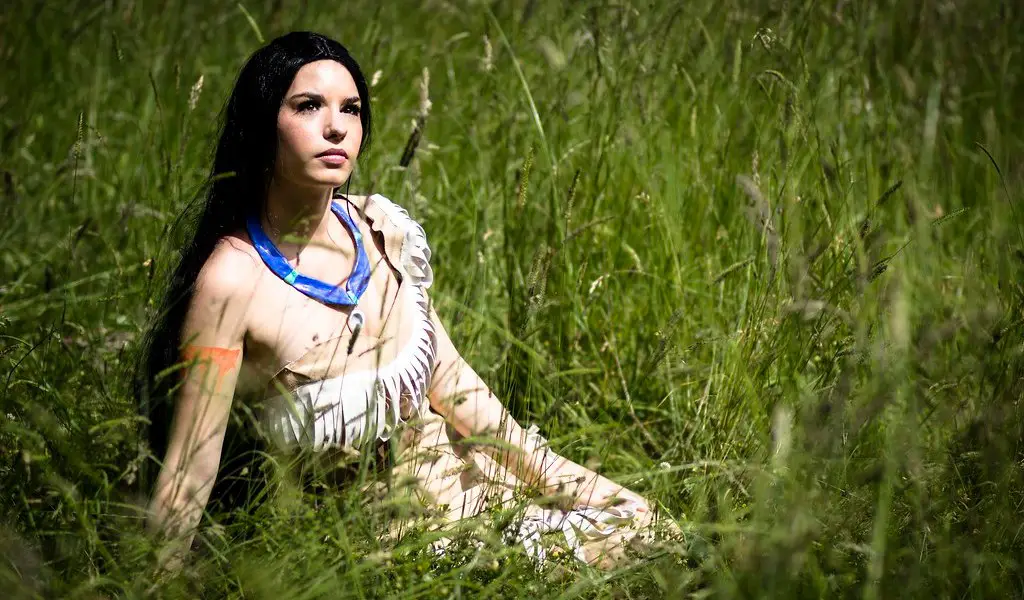Dinosaurs 101: The Shifting Image of Dinosaurs – Facts, History, and Evolution
Scientific discoveries reach the general public through schooling and news stories, though occasionally this kind of information gets filtered through the lens of pop culture. When it comes to dinosaurs, Steven Spielberg’s Jurassic Park is a prime example of this. Insights and ideas gleaned from science can inform new and creative plot elements or action set pieces, though the same is true of scientific distortions and misunderstandings. Rather than nitpicking elements of a single film, this article will briefly highlight the areas in which our understanding of dinosaurs has evolved over the past few decades.

